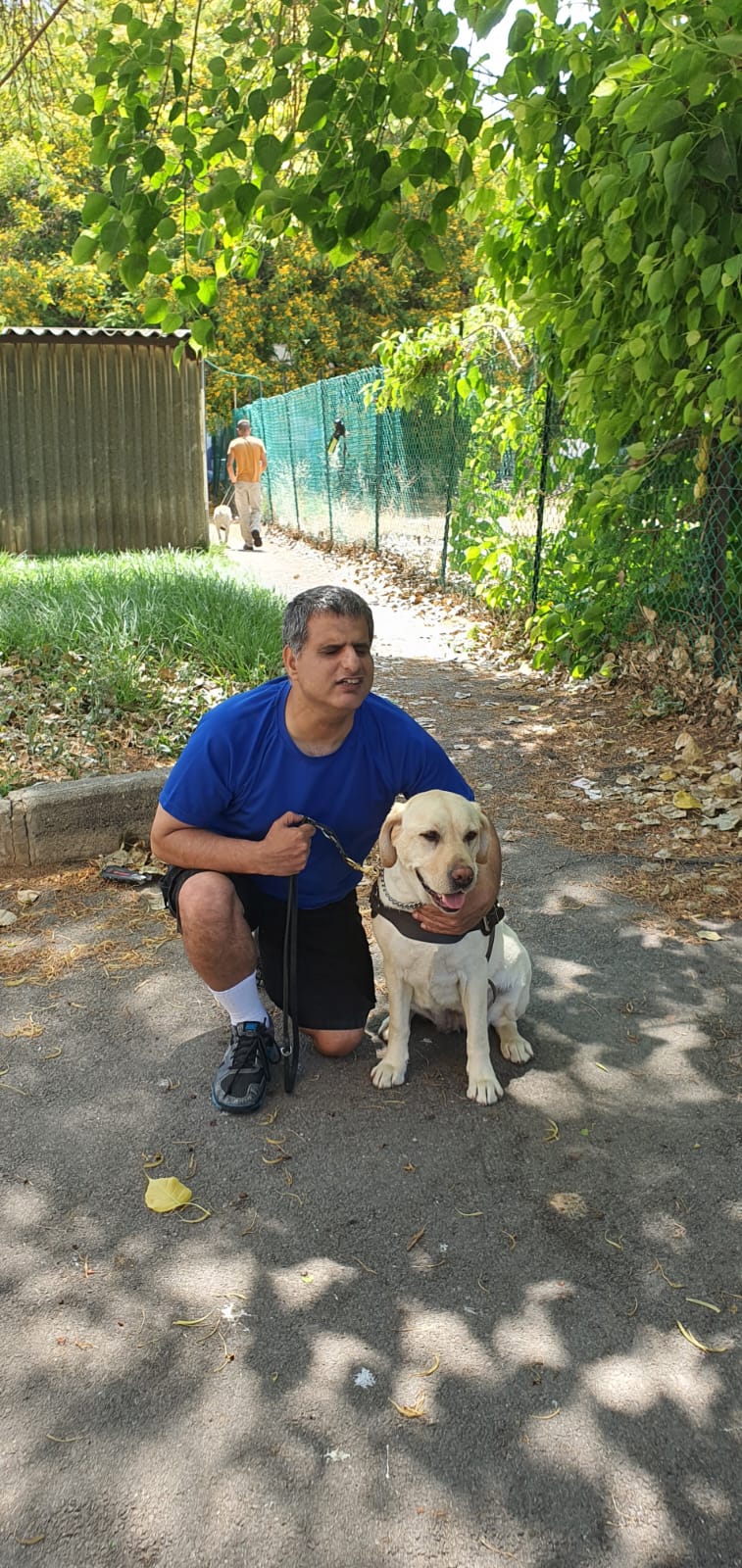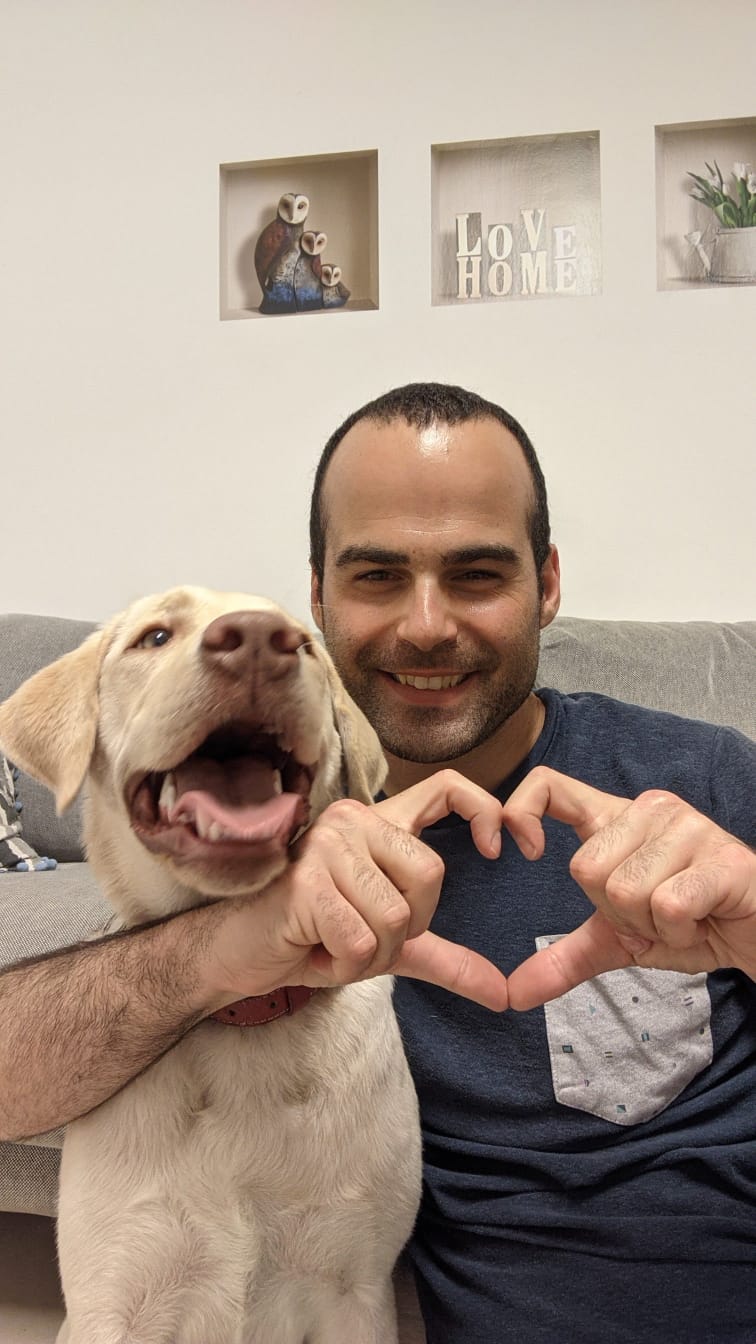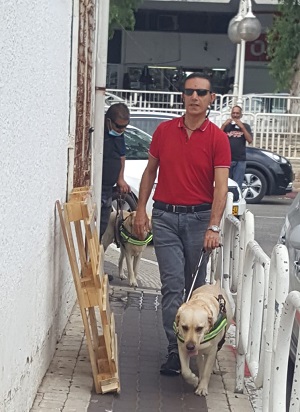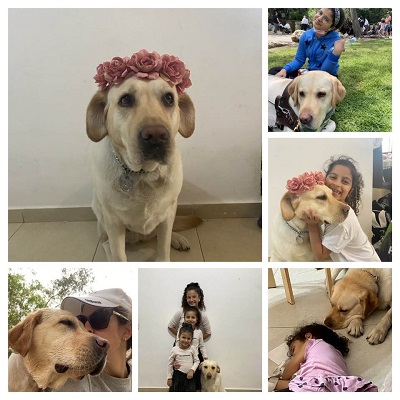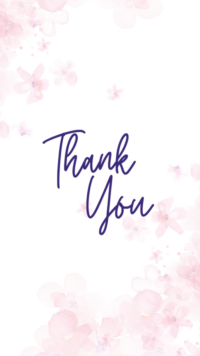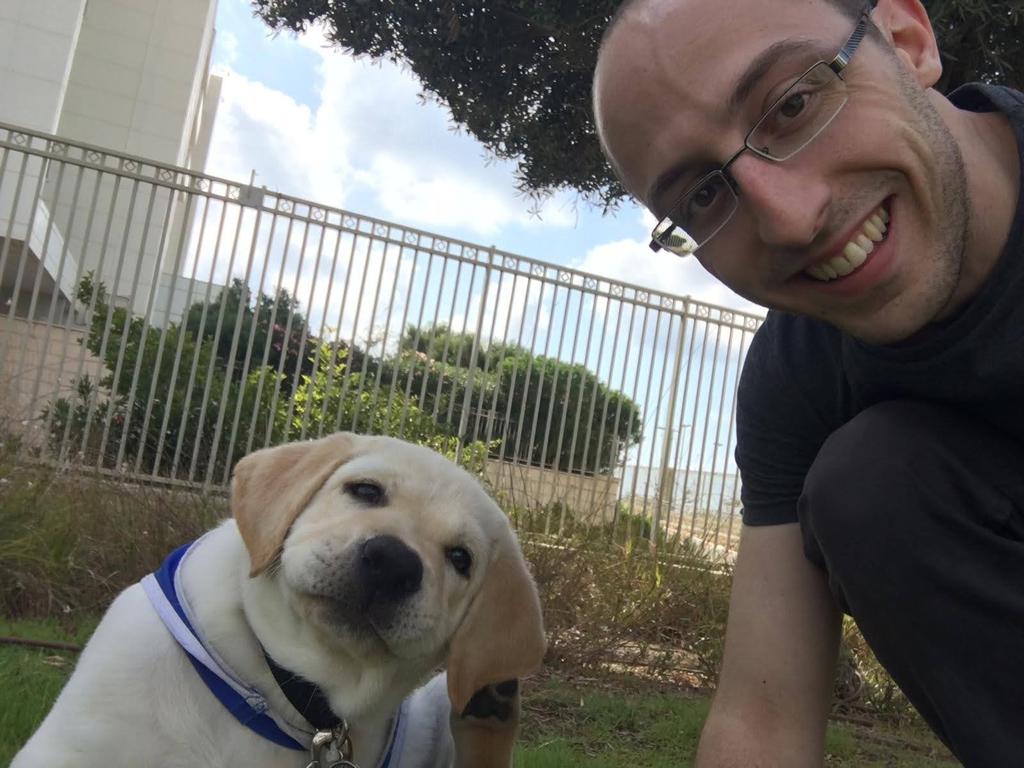
Ofer David: “It is a tremendous satisfaction to know that he is going to completely change the life of a visually impaired person”.
I got my foster puppy, Gordy, in August 2018. Ofer David: Half a year before fostering, I visited one of the labs in the Technion and saw someone with

